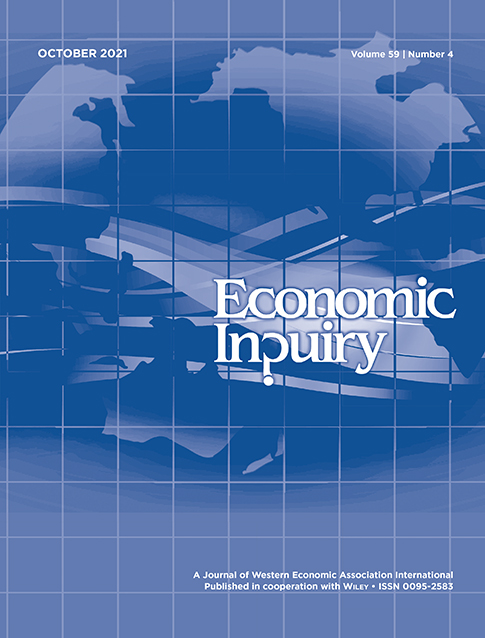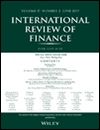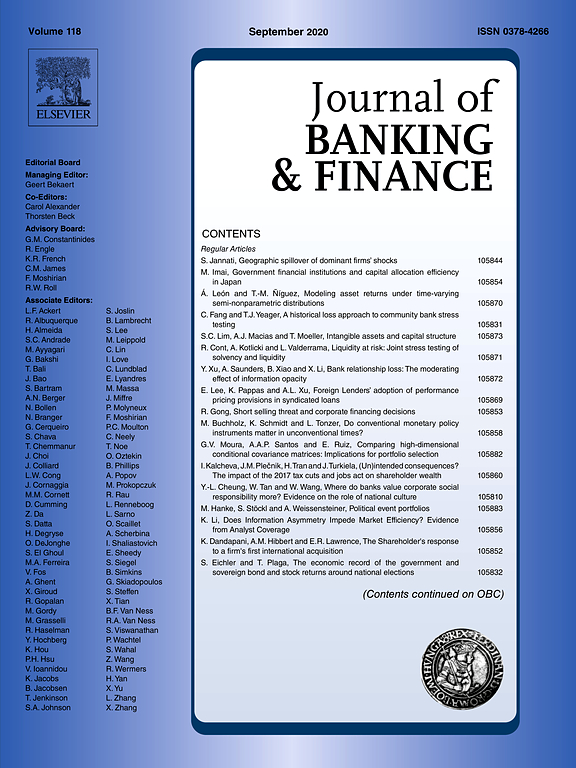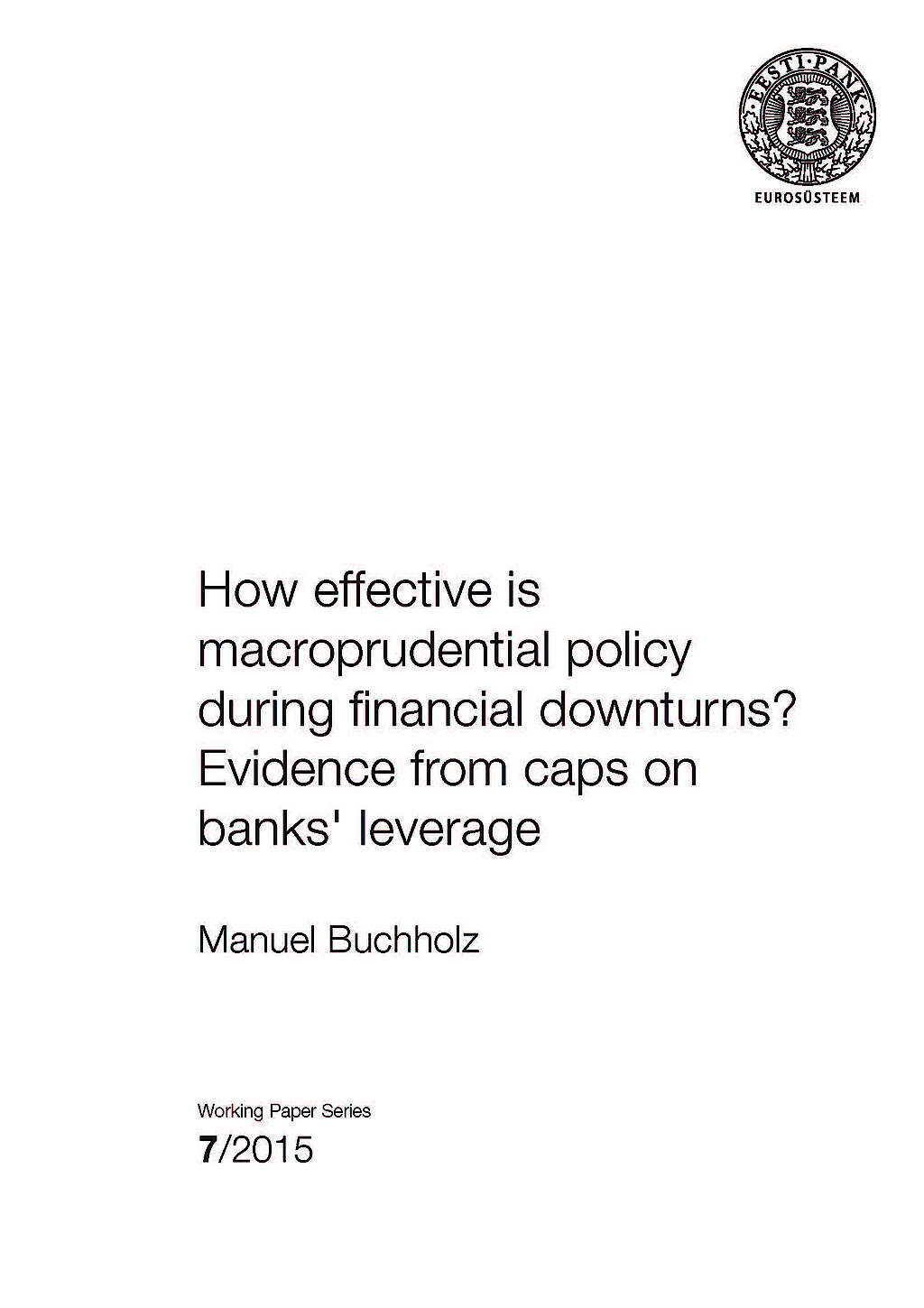Dr Manuel Buchholz

Current Position
since 2/17
Research Affiliate
Halle Institute for Economic Research (IWH) – Member of the Leibniz Association
since 10/16
Economist
Deutsche Bundesbank
Research Interests
- international financial integration
- financial contagion in the eurozone
- financial markets and the real economy
Manuel Buchholz joined the institute as a Research Affiliate in February 2017. His research focuses on international financial integration and financial contagion in the euro area.
Manuel Buchholz holds the position of economist in the Financial Stability Department of Deutsche Bundesbank. Prior to that, he was working at IWH.








